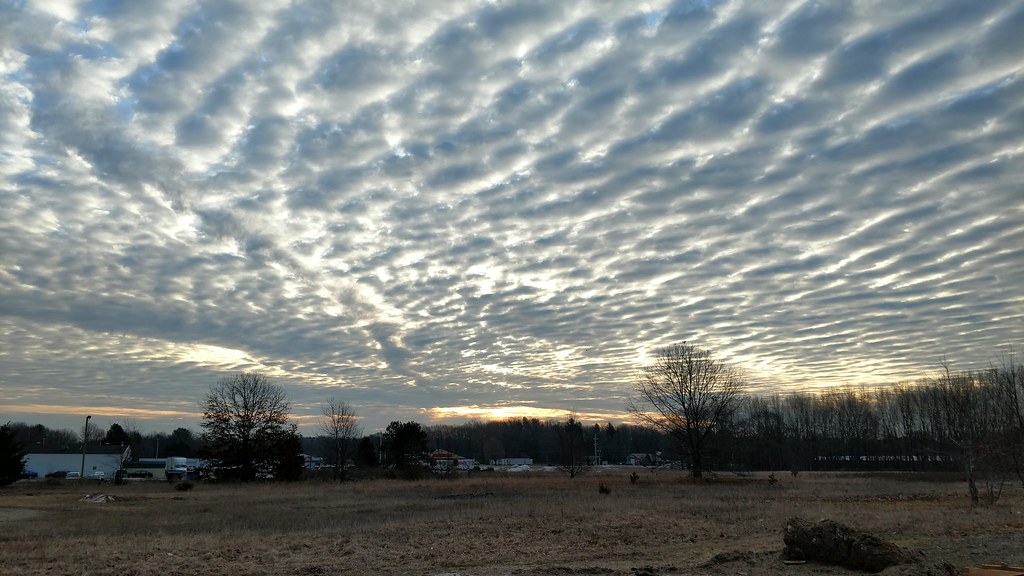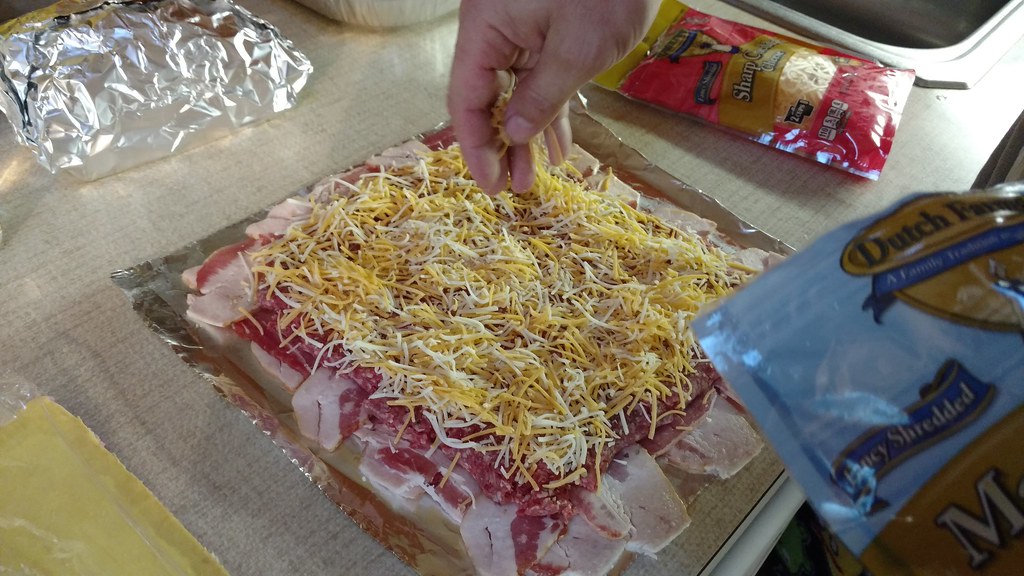Day 3!
Day three: rough framing is done, on to finish carpentry. I didn't get to building the grates, but had a productive day otherwise. A lot of little projects got done. It's amazing how much time they take up. Simple stuff like mounting the tabs for the handles take a while to do right. Make sure they're centered, square in both directions, etc. I broke a tap in one of the four holes for the main door latch clamp, and that took a bit to extract. I flap-disked anywhere there was a piece of spatter or anything close to a sharp edge. Good thing for a respirator, as I could taste what's in the last picture of this post :wink: I'm happy with the progress though.
 Firebox door on
Firebox door on
Firebox door on, grill lid set in place. I was able to fully weld the lid and manage the distortion so it sits perfectly flat. However, the metal closest to the cook chamber warped slightly. A few "taps" with a small sledge and there's a 1/16" gap at the left font corner. Nothing a little gasket wont fix!
 Inside
Inside
Rails completely welded, tuning plates in, drain installed. Tomorrow, I'll put those little stops that were suggested so the shelves don't flop out. I want to make one shelf so I can get the measurement right.
 Damper detail
Damper detail
Detail of the dampers. I drilled and tapped the firebox door for 3/8"-16. The dampers are held in place by stainless bolts with a jam nut on the back. There's a 3/4" compression spring on each one to hold the dampers tight to the door for a better seal and to keep them where they're set.
 Day 3 end
Day 3 end
End of the day. 1/2" NPT coupler cut in half to make two fittings for the Tel-Tru thermometers. Can just barely see the handle for the 3/4" ball valve for a drain on the bottom. There's enough room for a 5 gallon bucket underneath, or maybe I'll put an adapter on it to run an old garden hose over the hill into the ravine for clean-outs. I put a little tab on the back to keep the grill lid from flopping over the backside. There's a matching one on the side of the lid so only tabs will get beat up from hitting each other instead of the lid.
 Dinner
Dinner
A reward for the end of day of "work" I was really hungry when I got home and didn't want to wait for charcoal, so this ribeye got propane, but it tasted excellent!
Tomorrow the anti-tilt tabs, handle to push it around by, firebox lid latch, and front shelf get installed. Then a quick abrasive pressure wash and paint in the afternoon. While it's curing, I'll finish up the grates.
Total investment:
7 hours messing around with the details and a 2 hours of shopping, unloading a truck of insulation (not for this project)
$34.26 to the hardware store for bolts, nuts, springs, pipe fittings, and a 3/4" ball valve.
Heres a youtube link for the plasma table in action:
[ame]https://youtu.be/6kd_Ep4x5bI[/ame]
One bending the door:
[ame]https://youtu.be/QbEGQhg4CjE[/ame]















